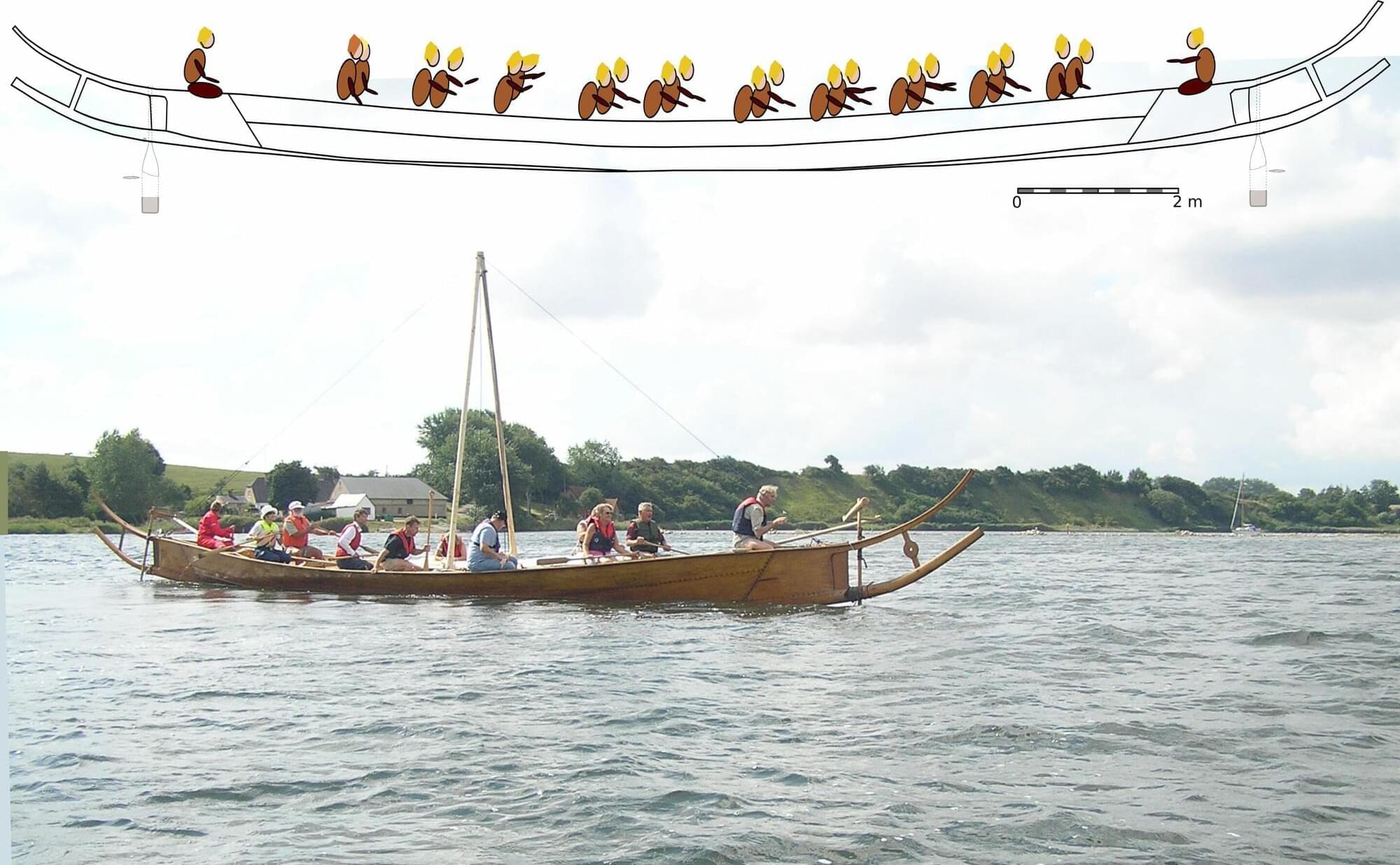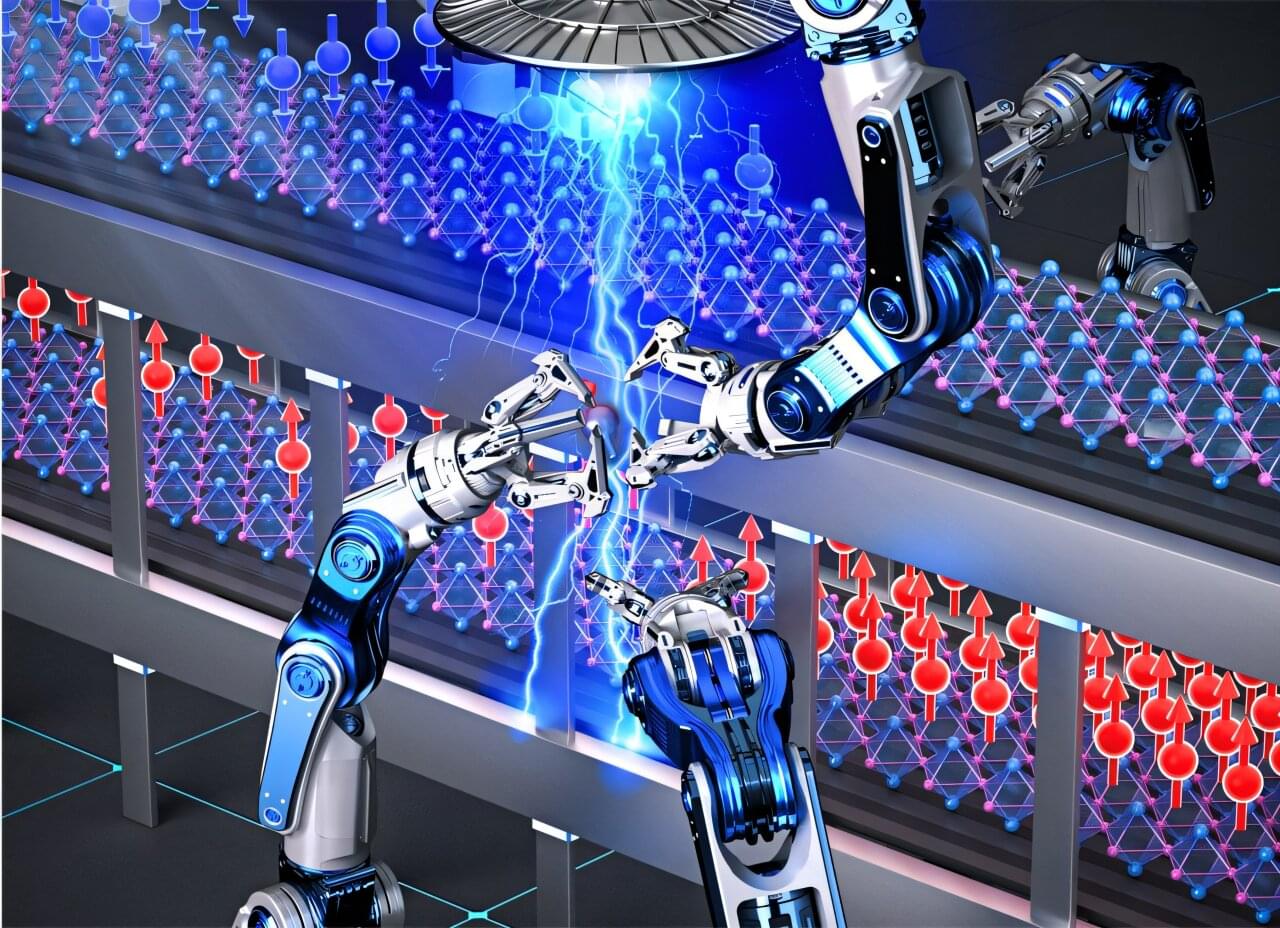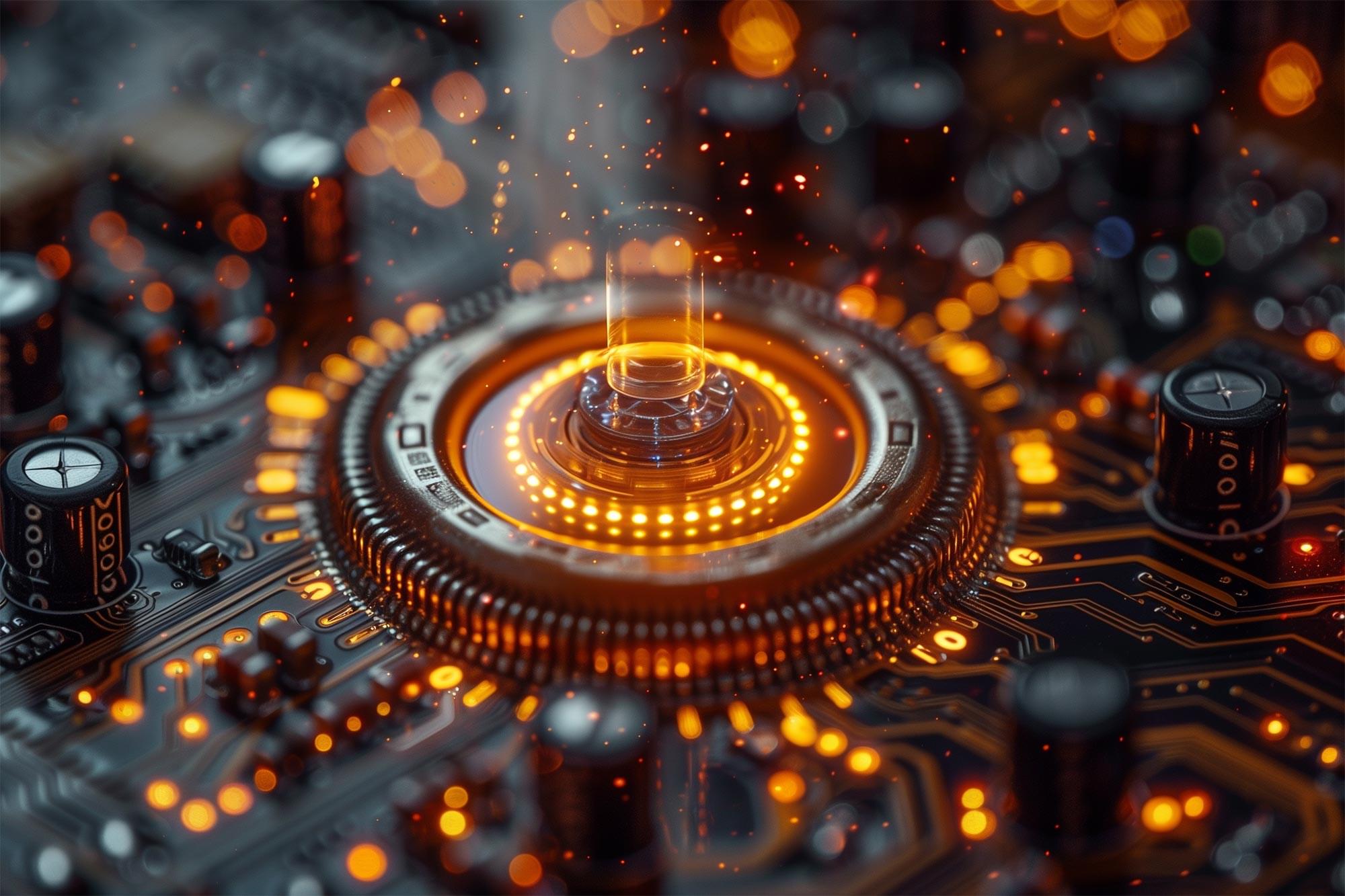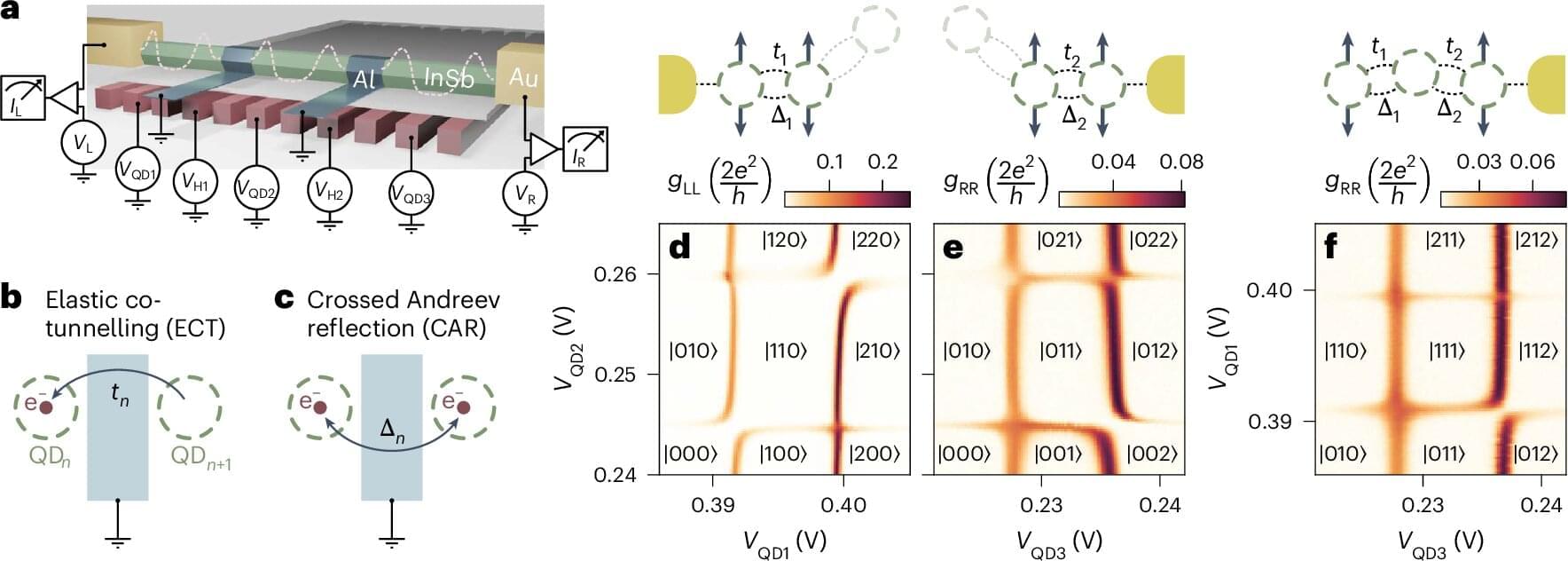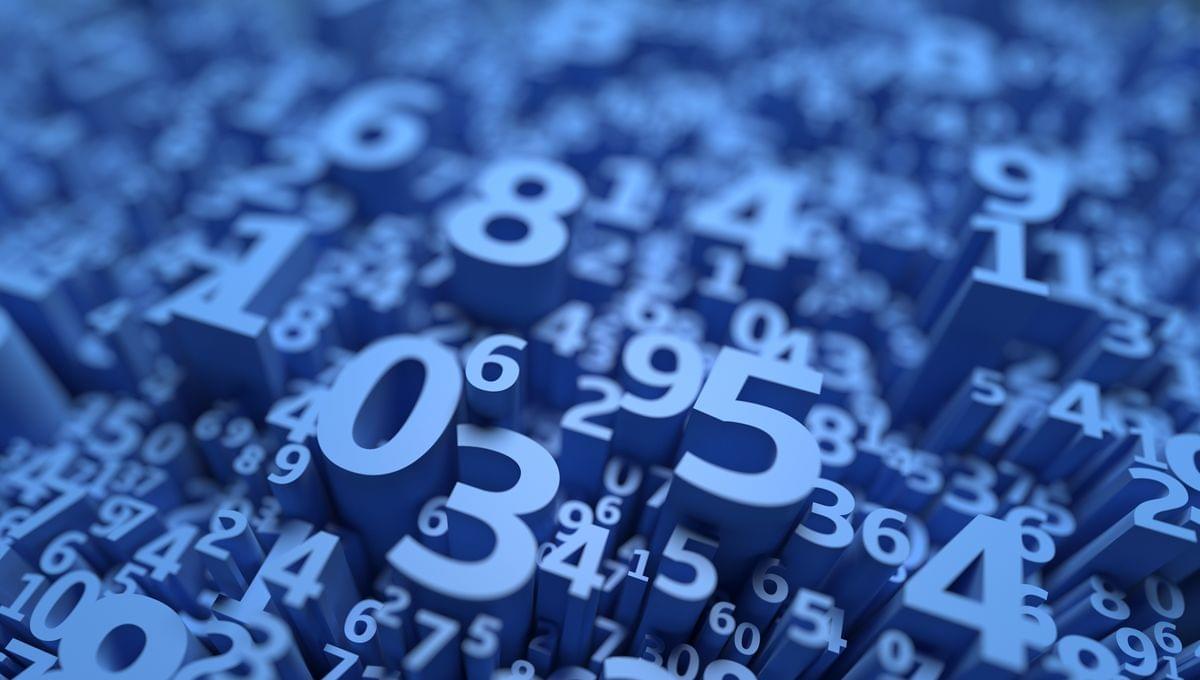People living in Bronze Age-era Denmark may have been able to travel to Norway directly over the open sea, according to a study published in PLOS One by Boel Bengtsson from the University of Gothenburg, Sweden, and colleagues. To complete this study, the research team developed a new computer modeling tool that could help other scientists better understand how ancient peoples traversed the sea.
The Bronze Age cultures of what are now northern Denmark and southwestern Norway are quite alike, with similar artifacts, burial systems, and architecture. Cultural exchange between the two regions was likely made possible by vessels traveling along the coastlines of Scandinavia, following a 700-kilometer route across Denmark, up the coast of Sweden and back down to southwestern Norway.
However, the researchers of this new paper suggest, the cultural similarities between these two regions invite speculation that ancient people may also have traveled directly between the two sites—over more than 100 kilometers of open ocean.

